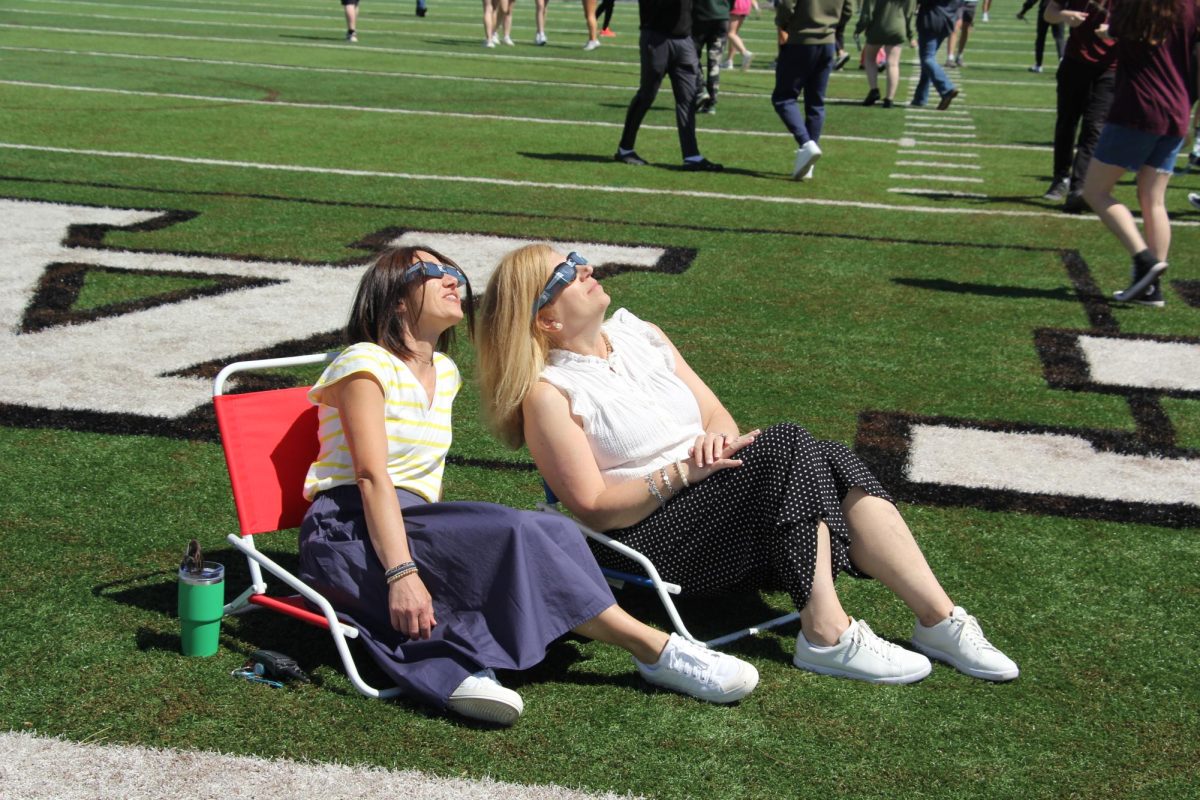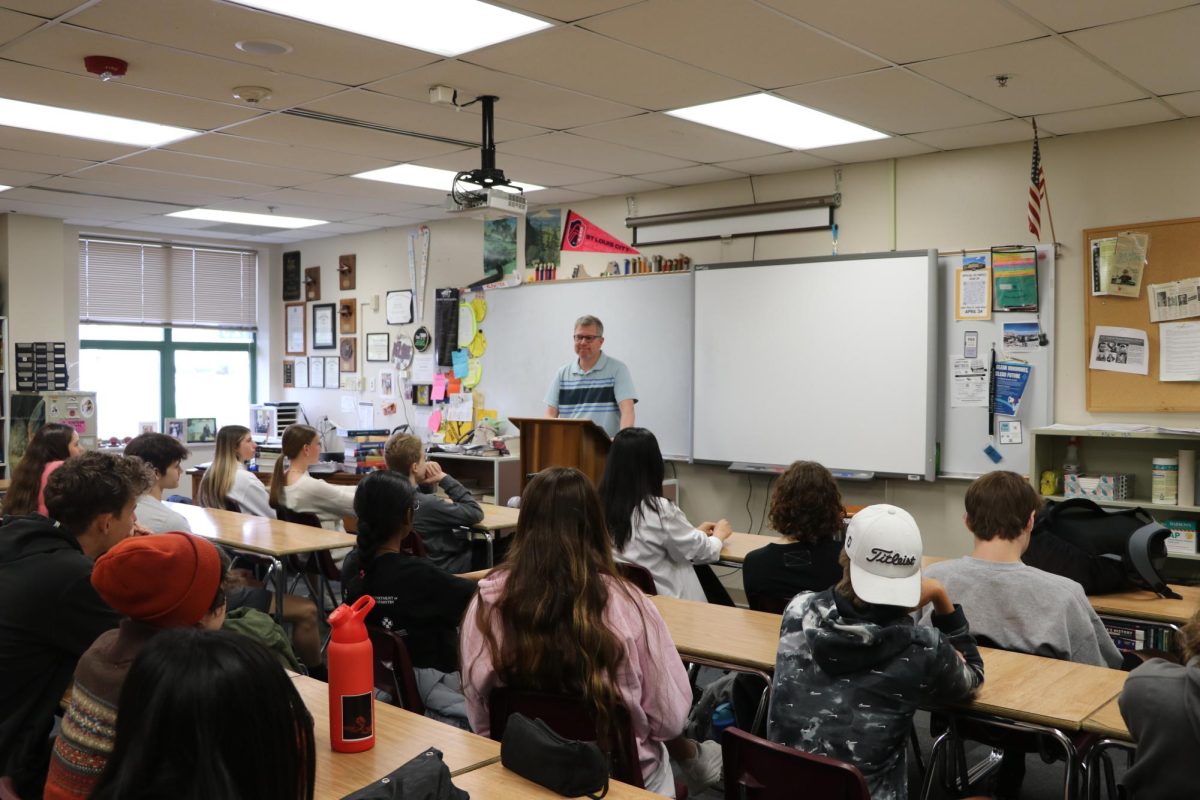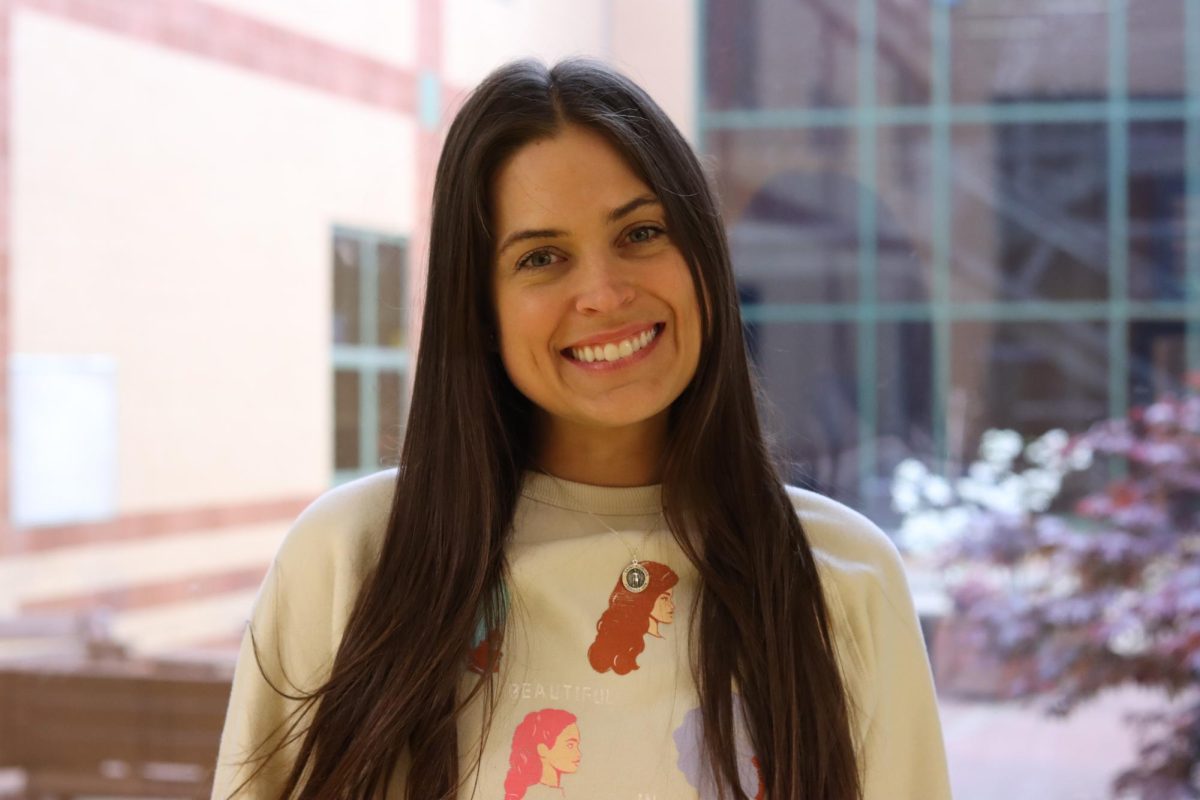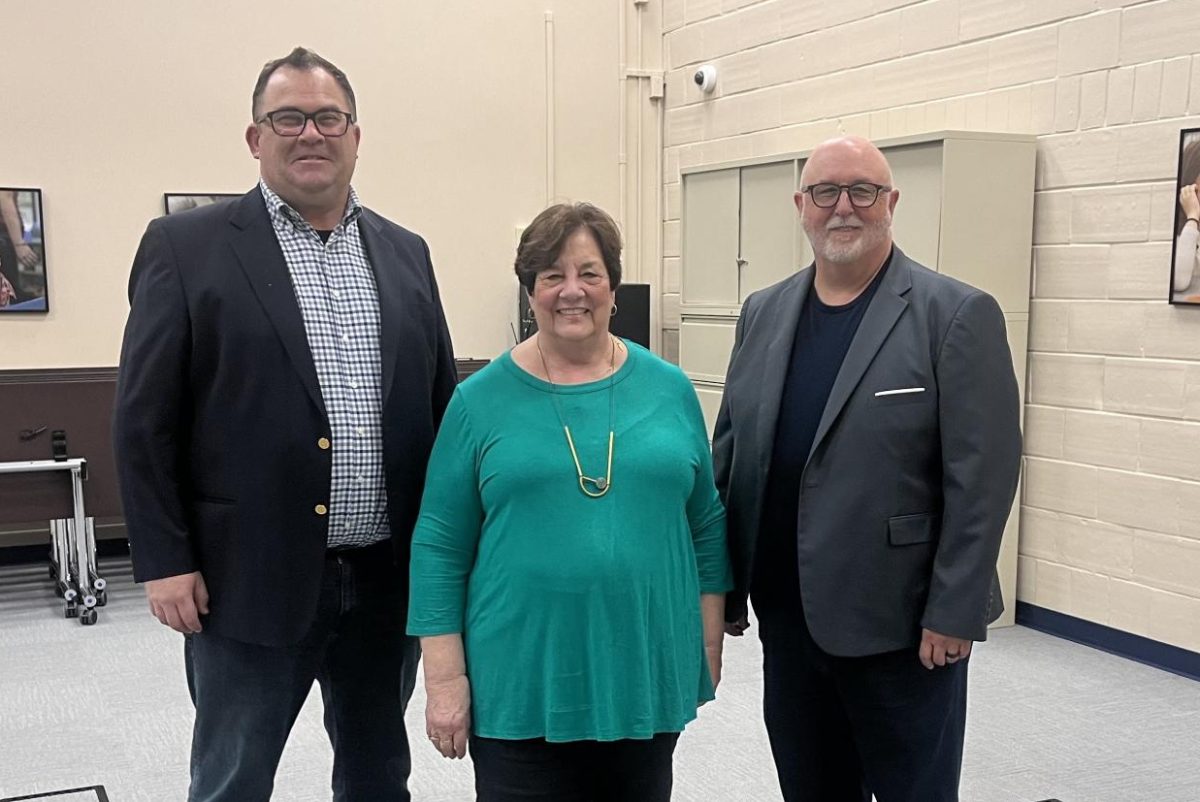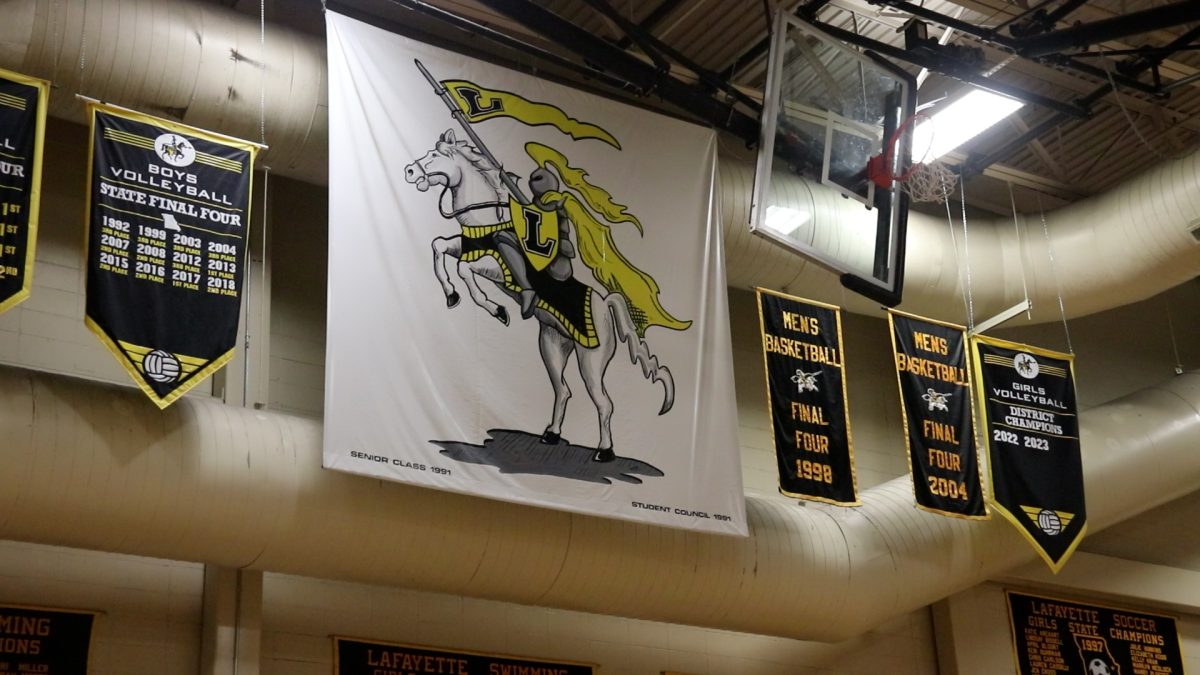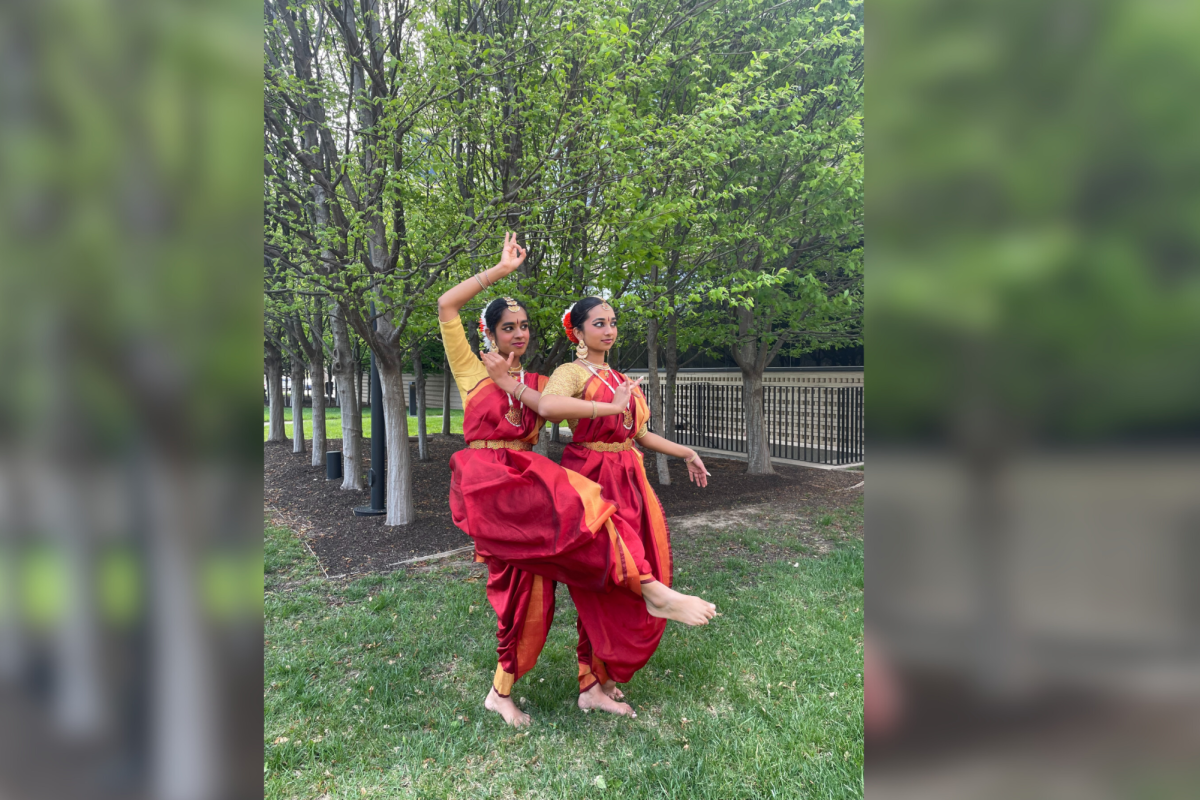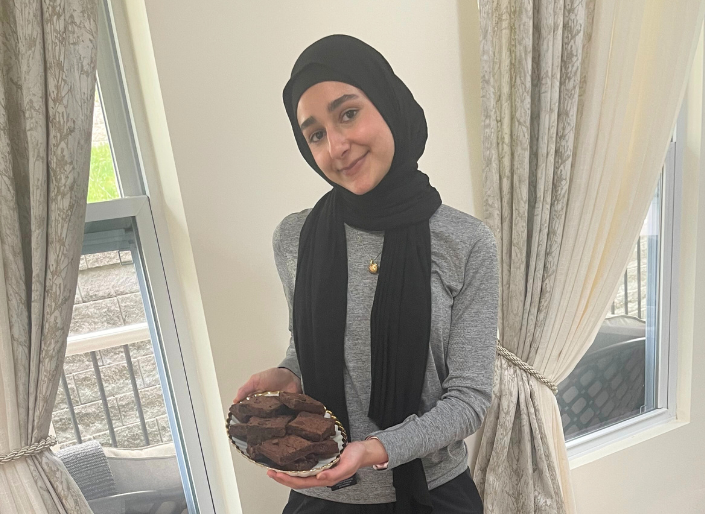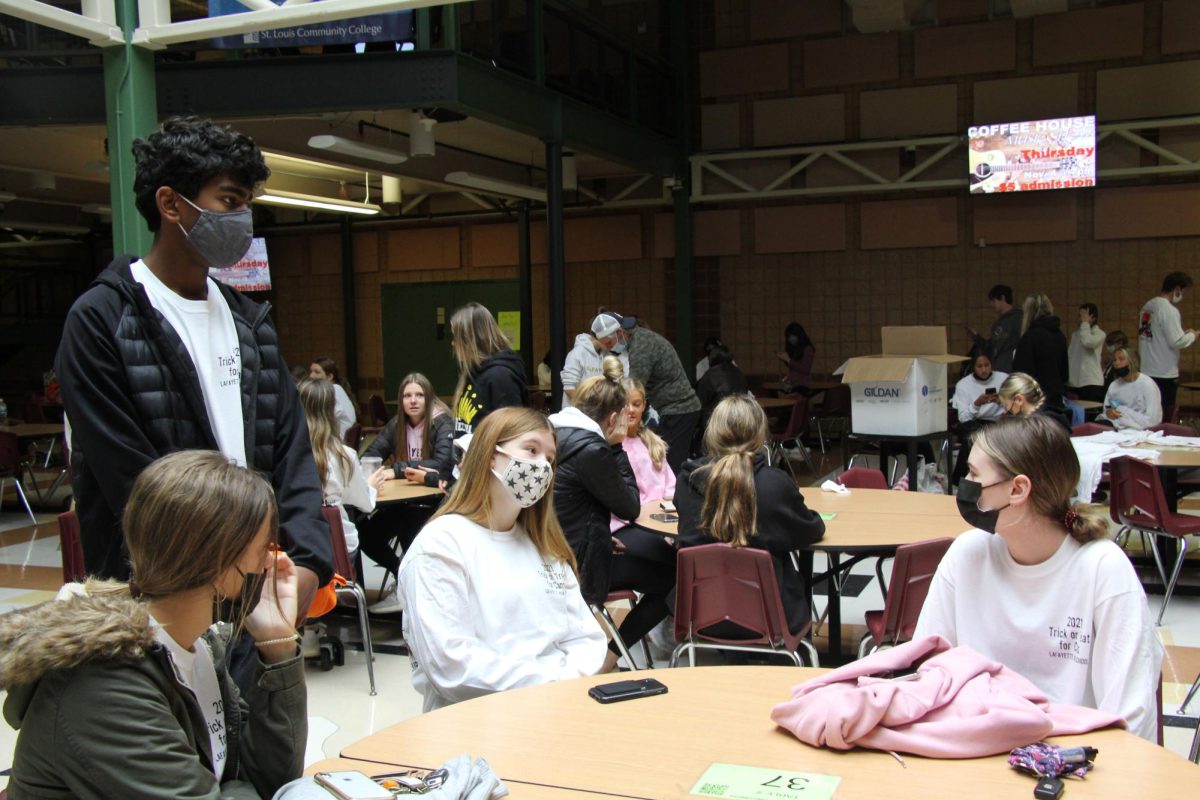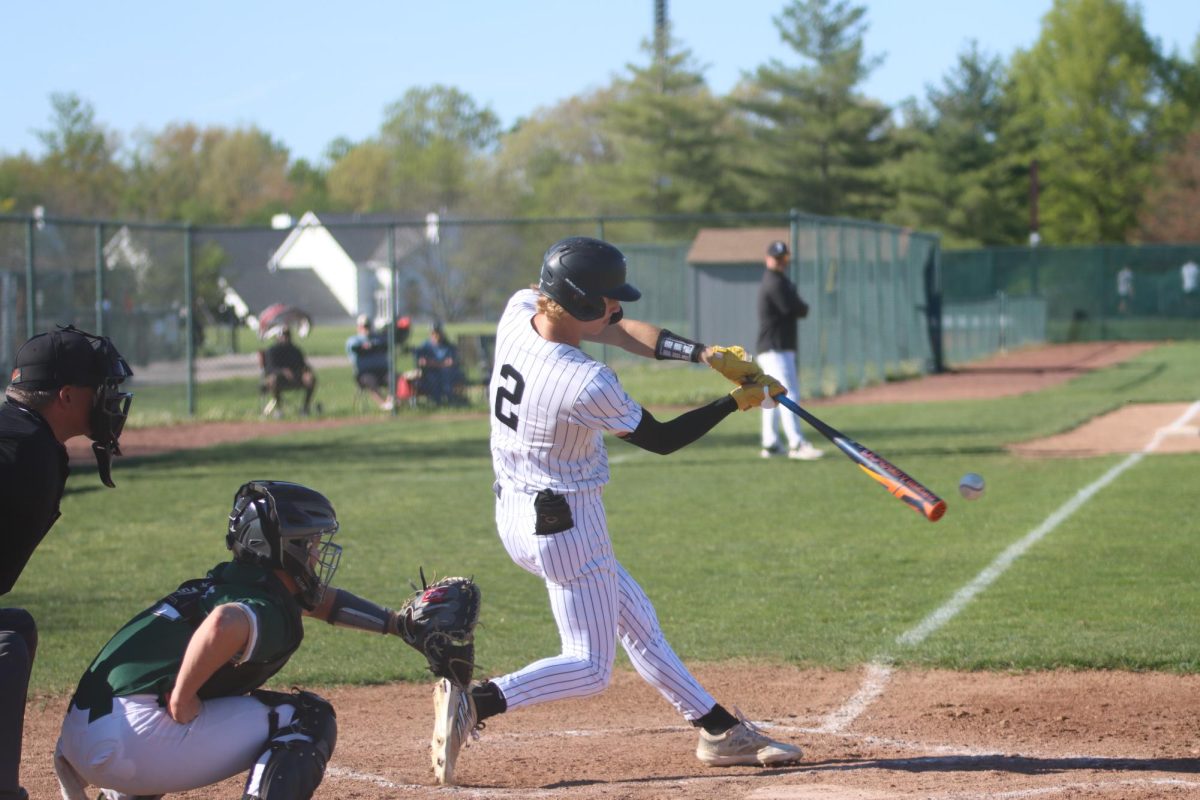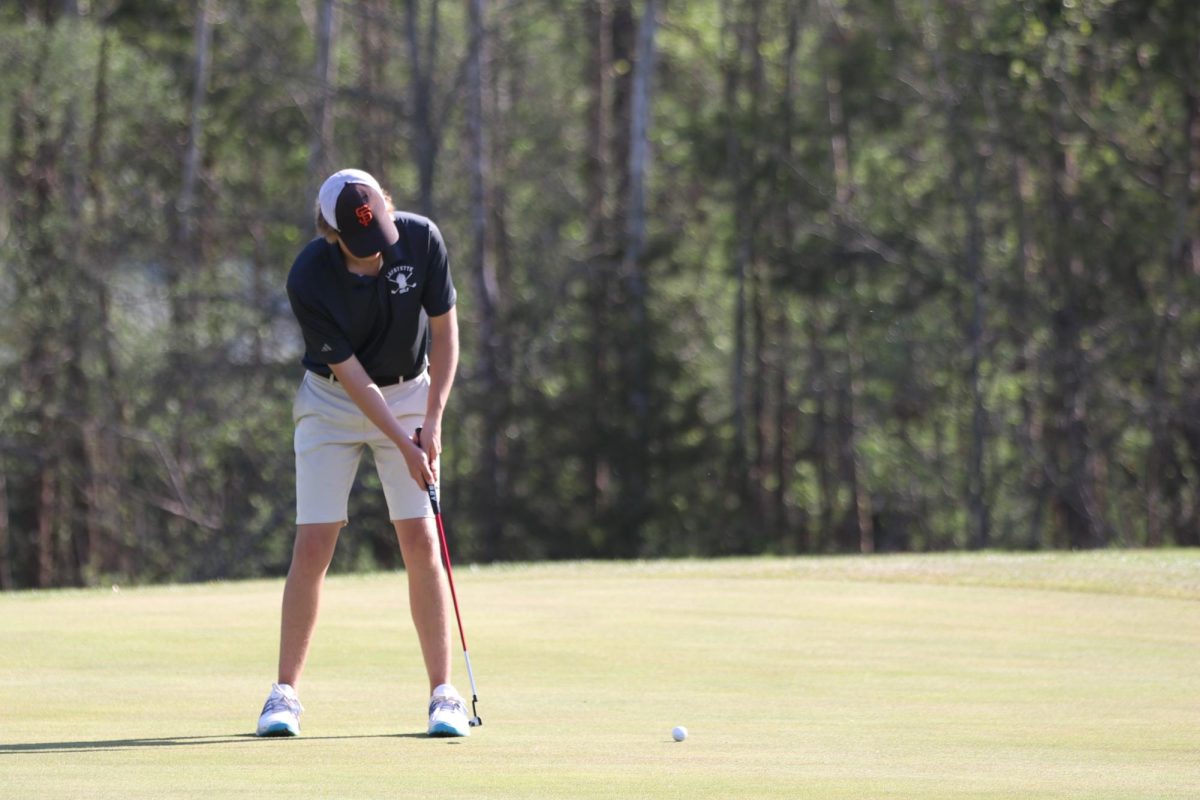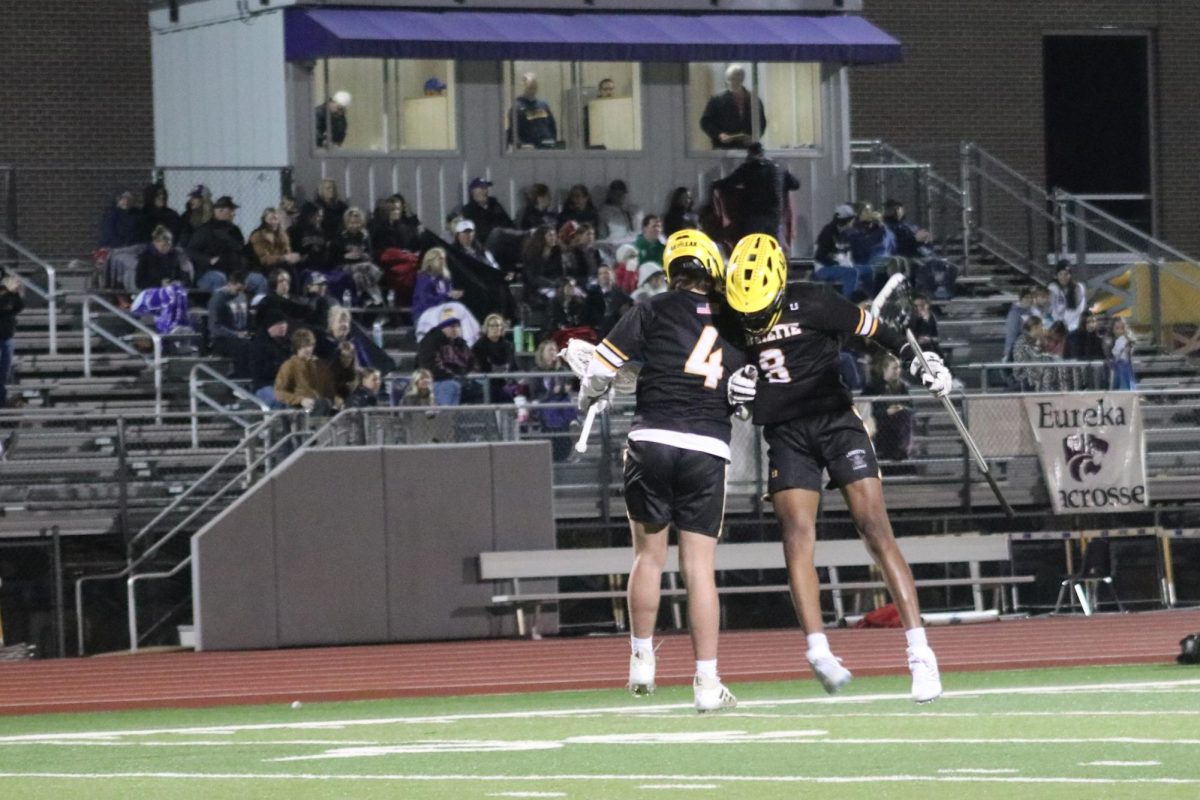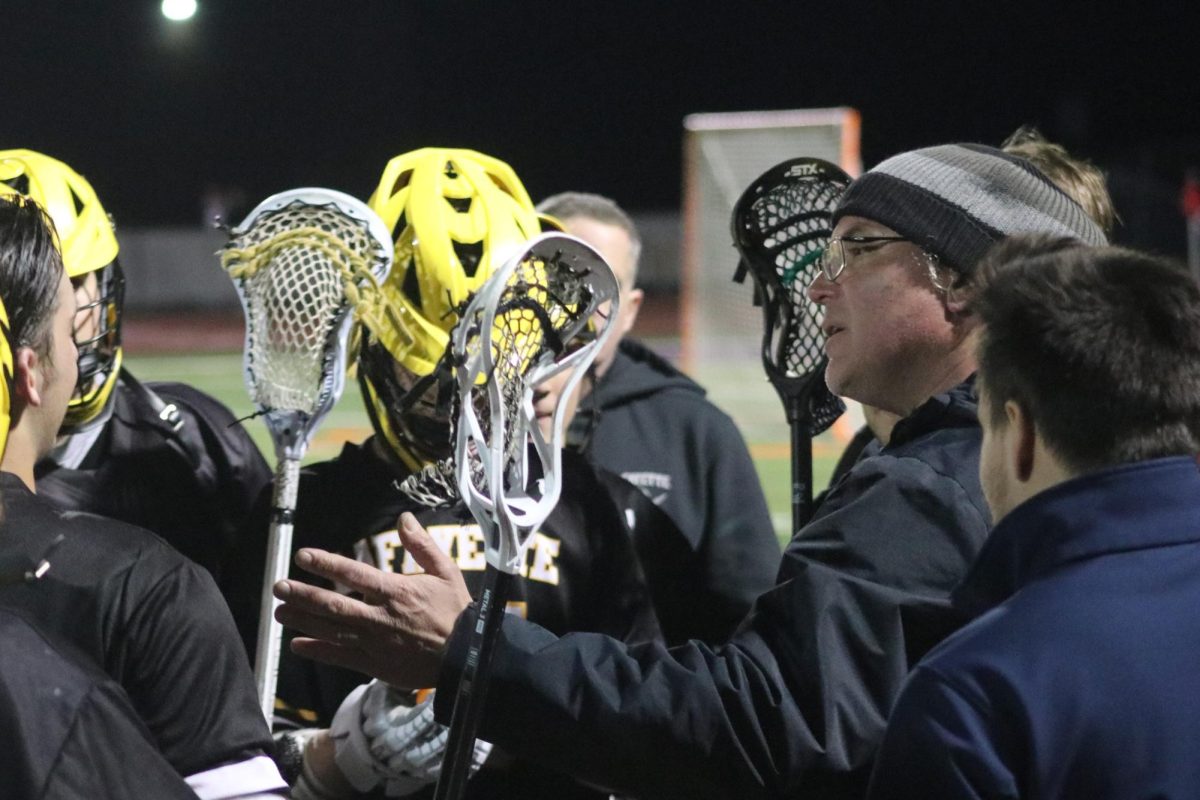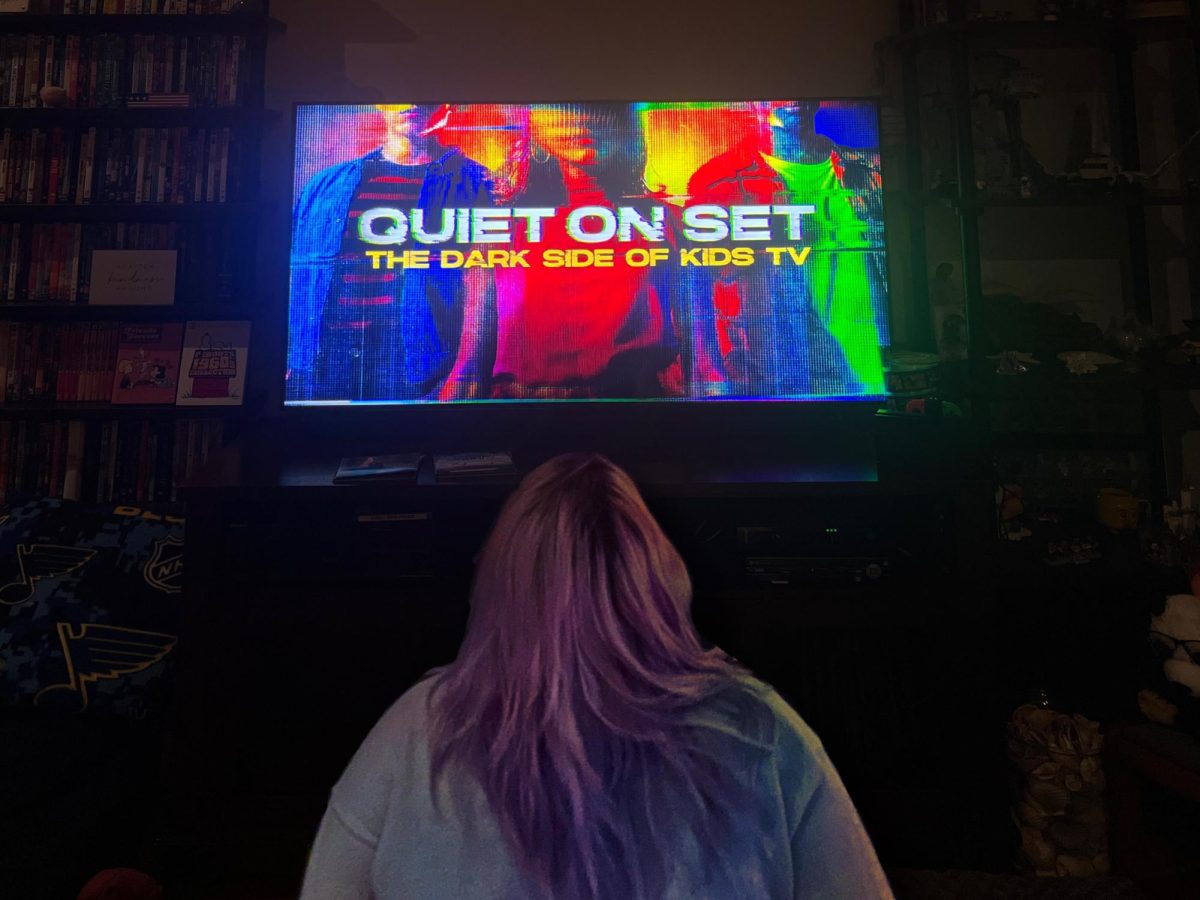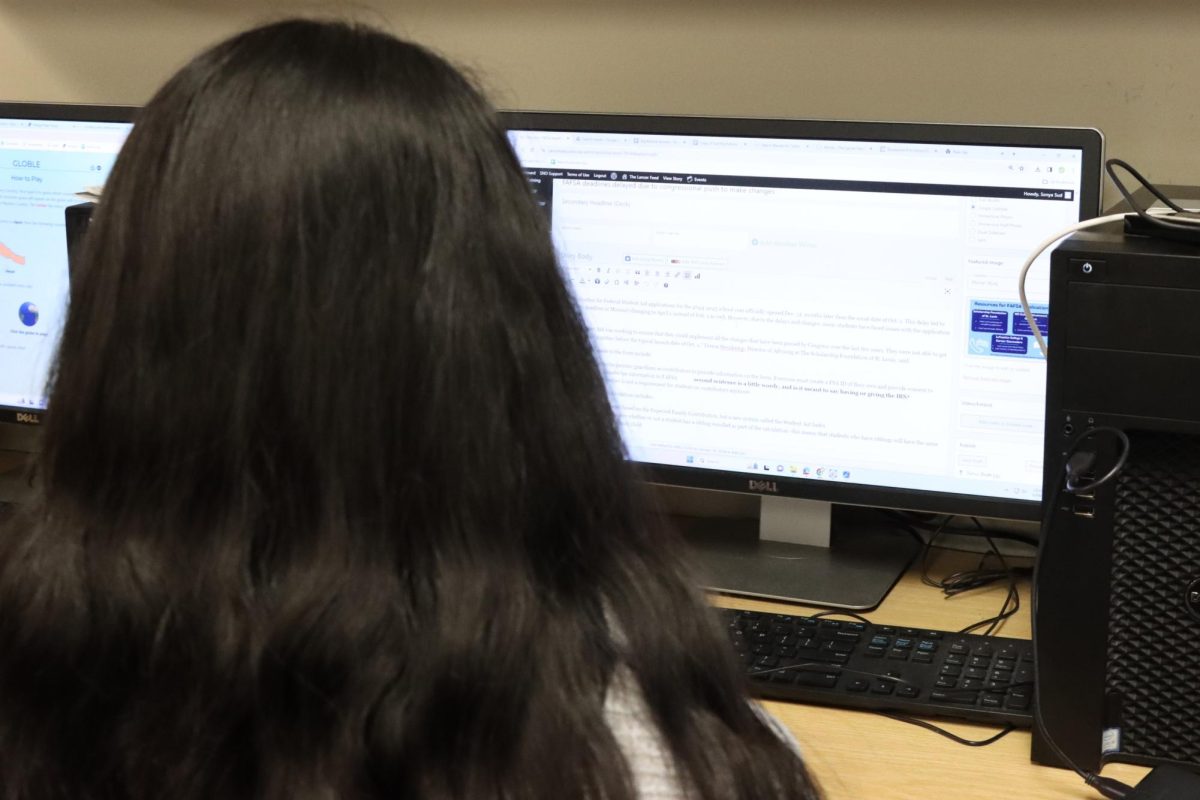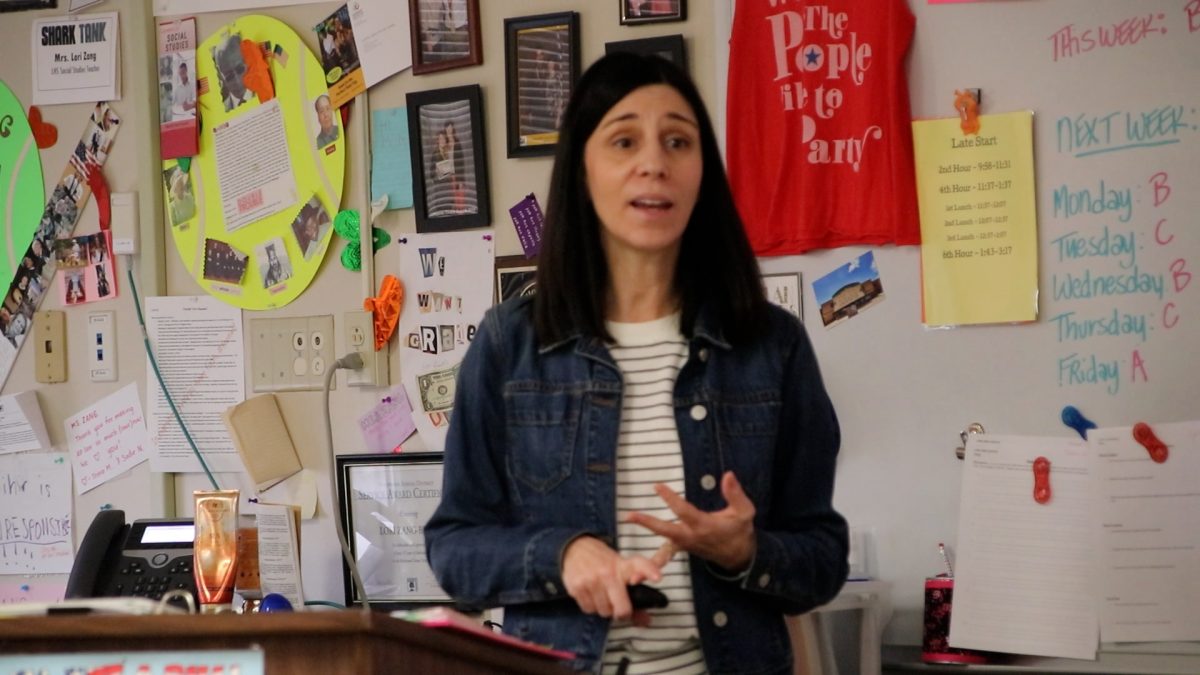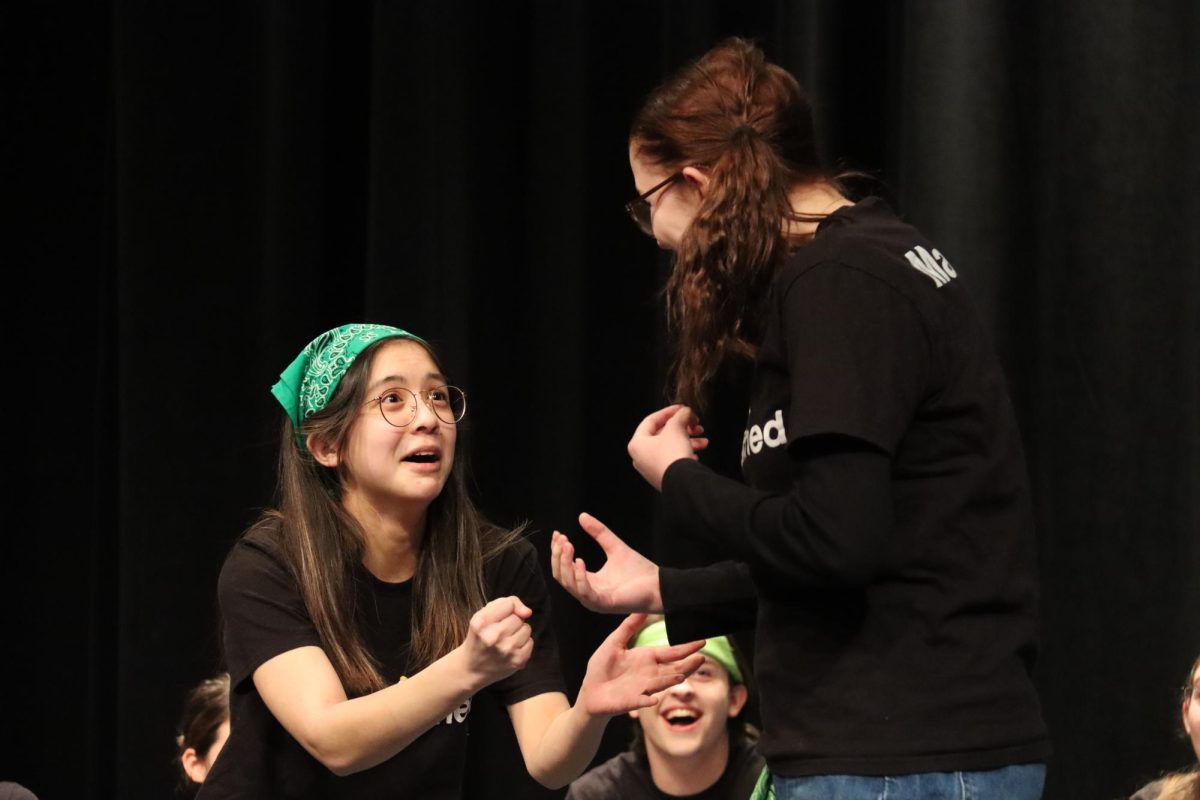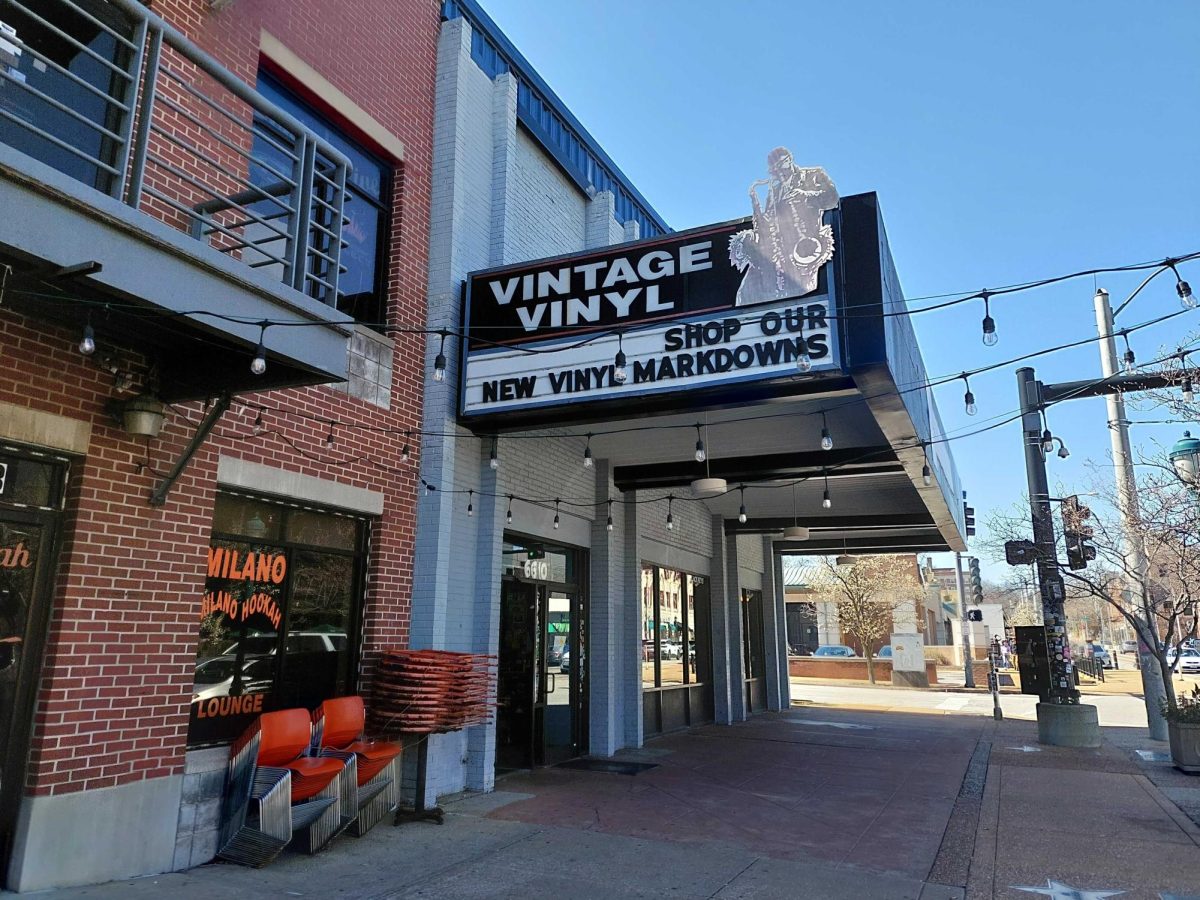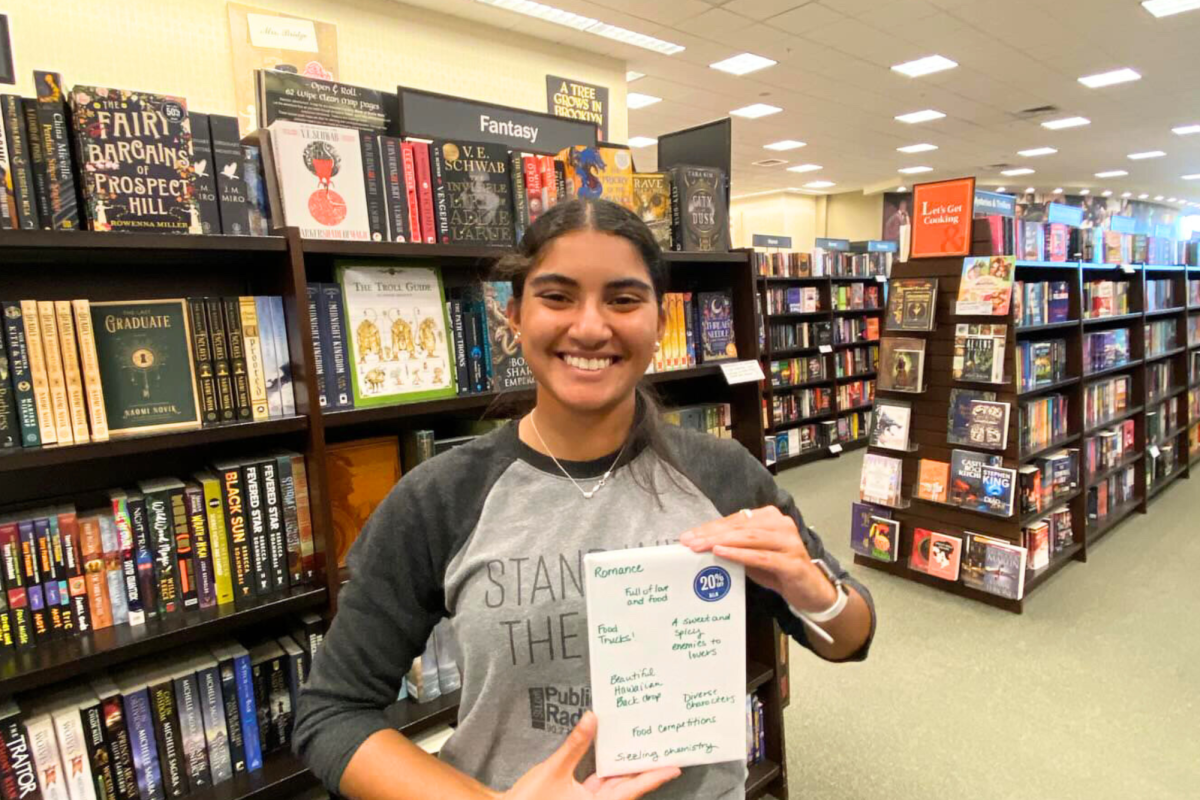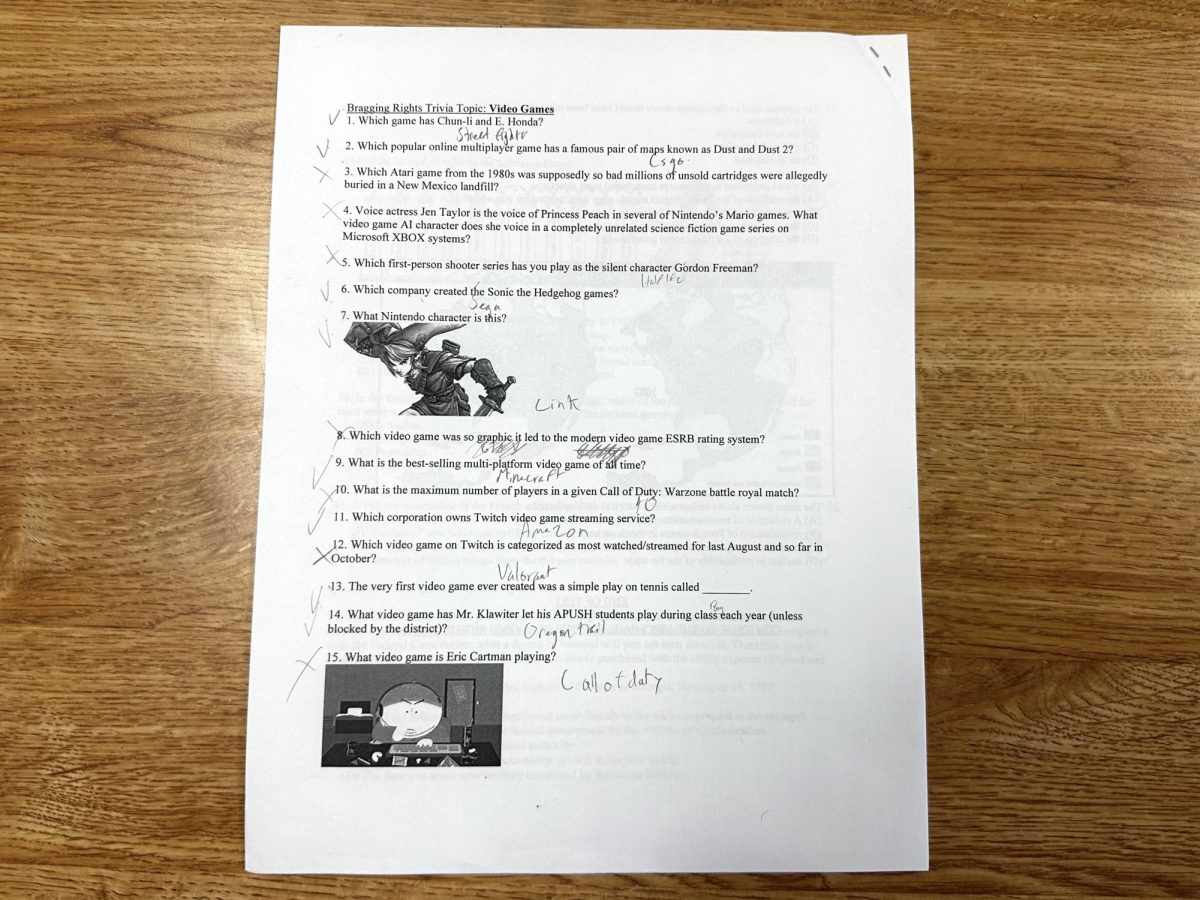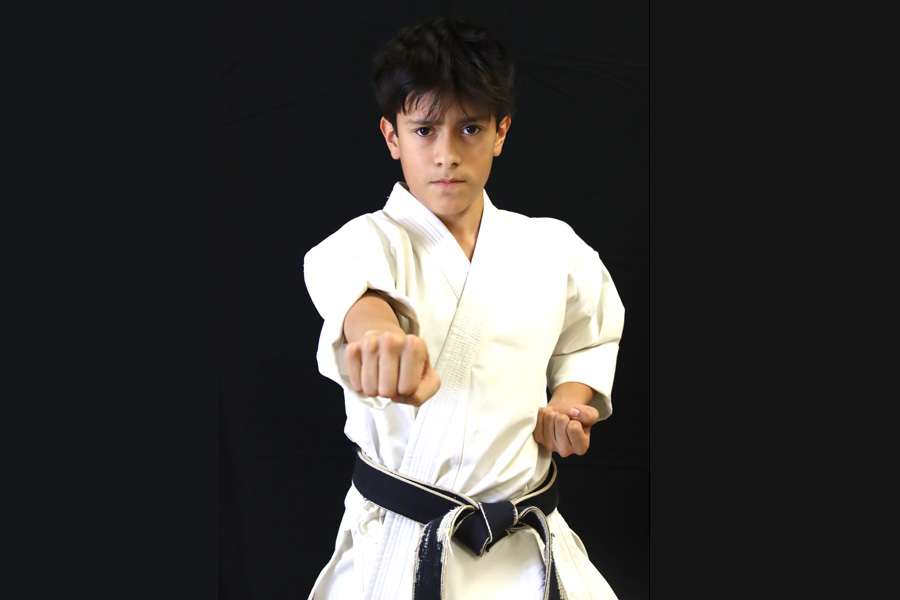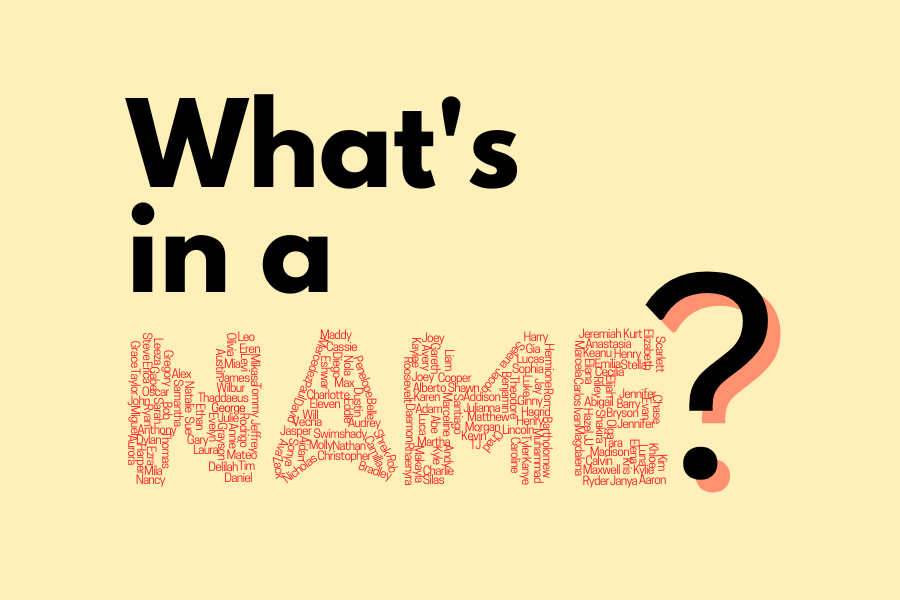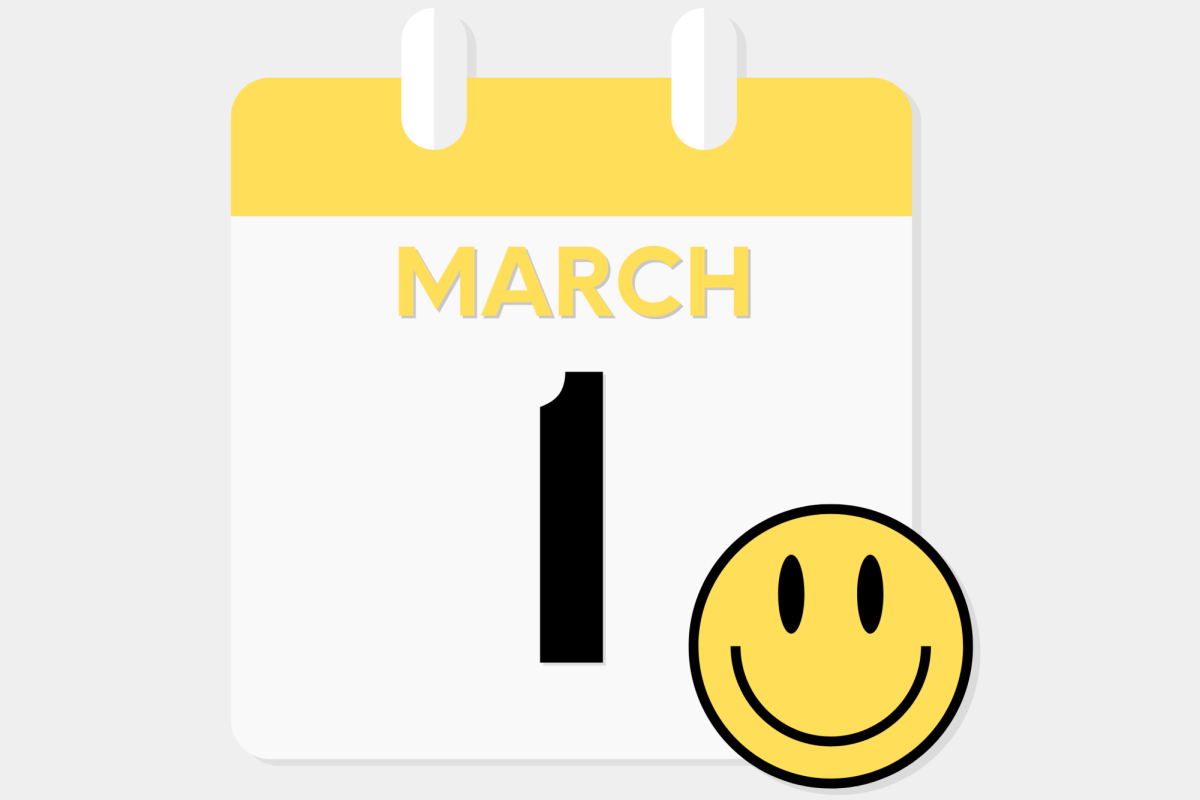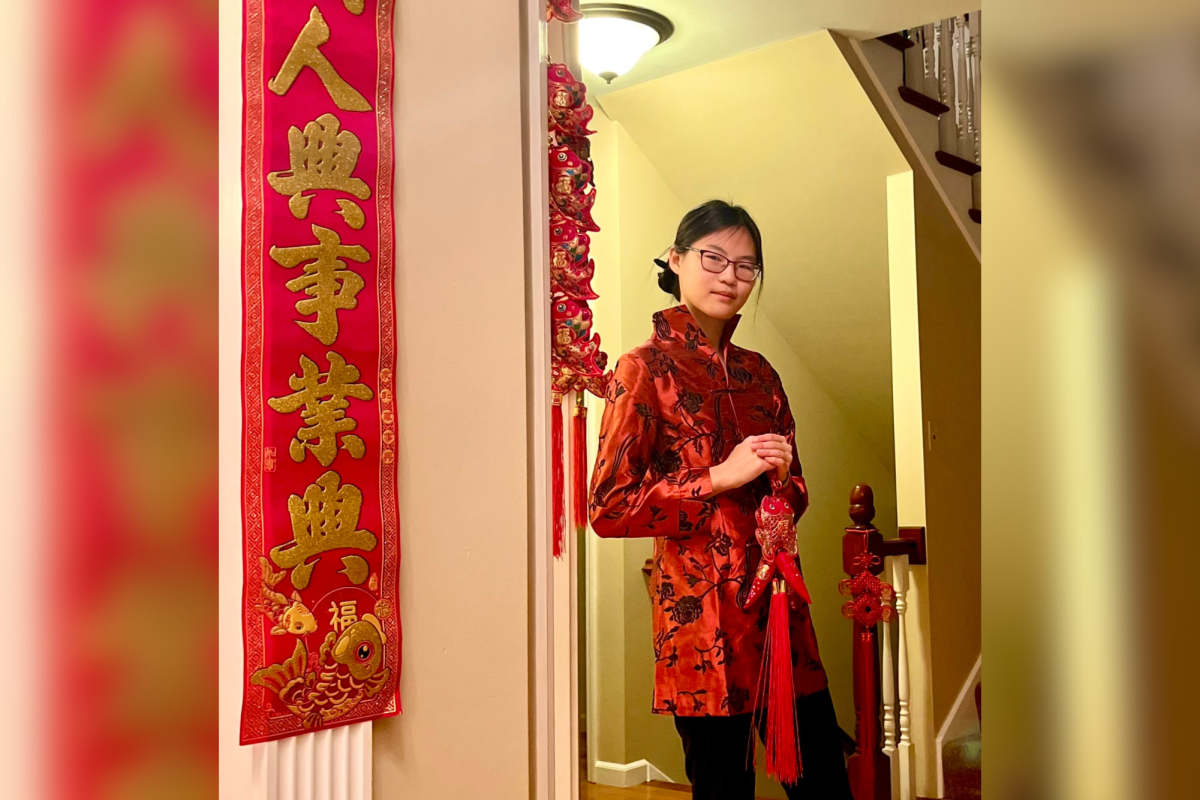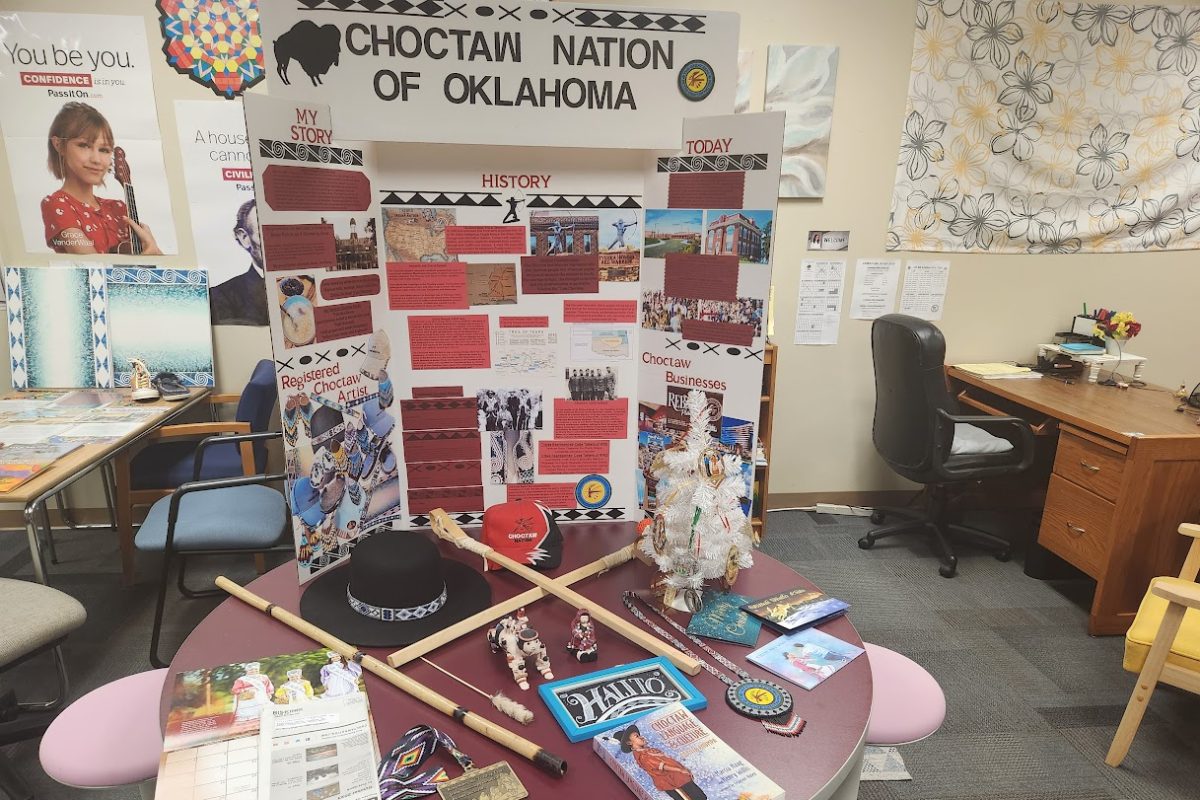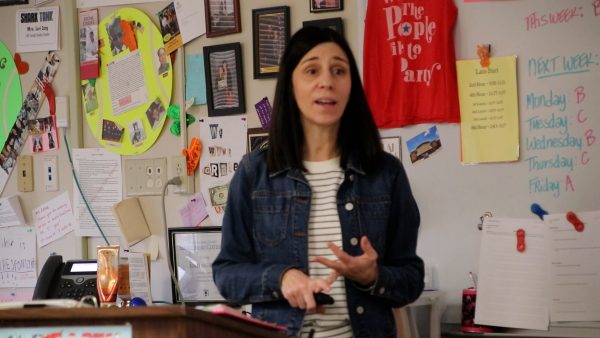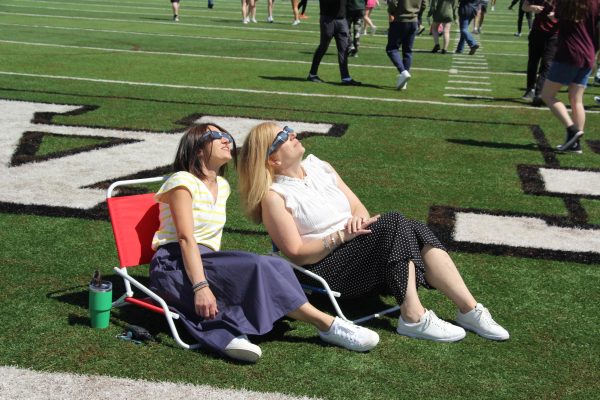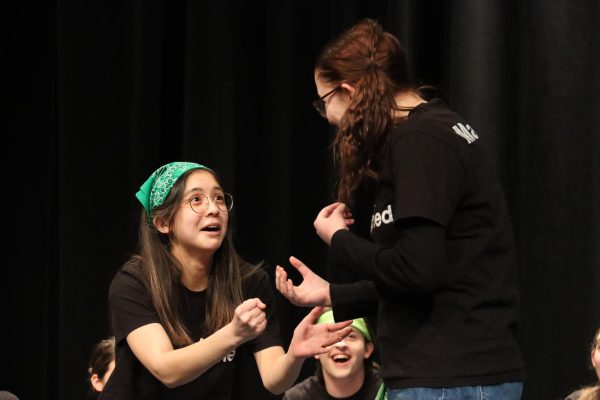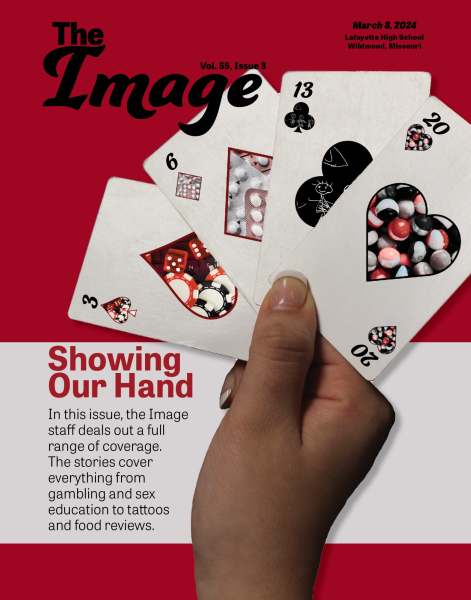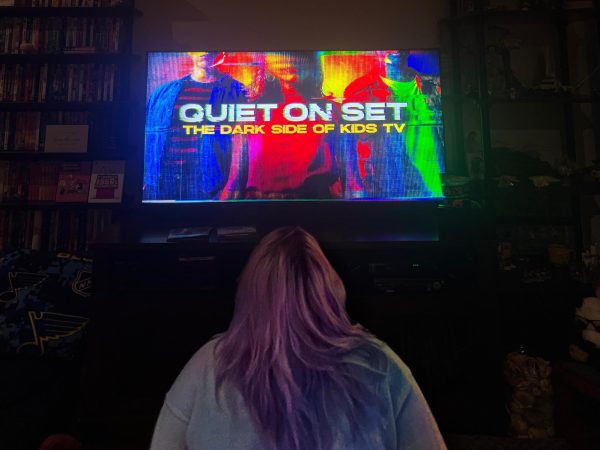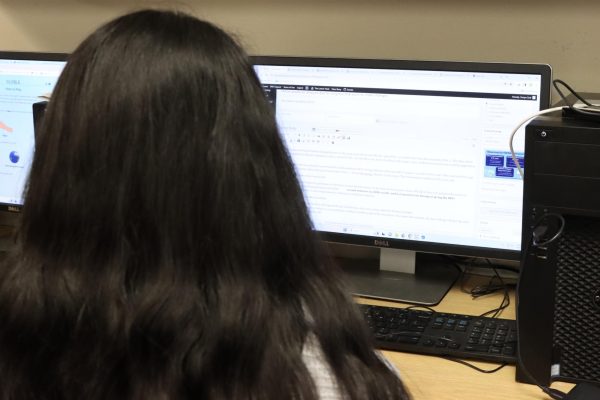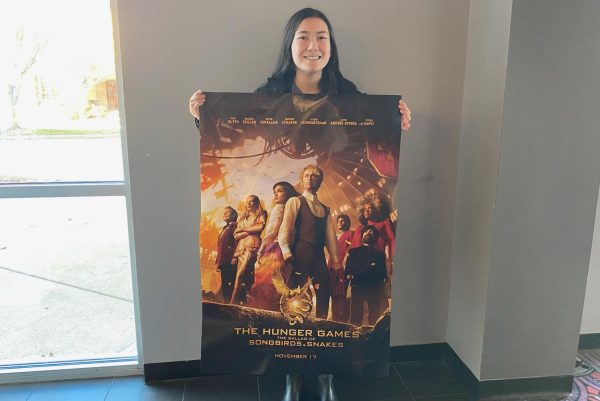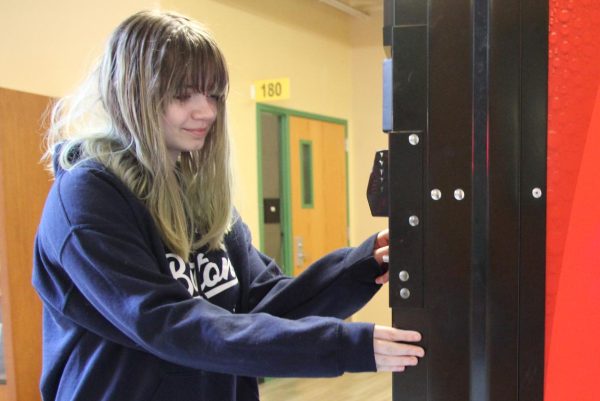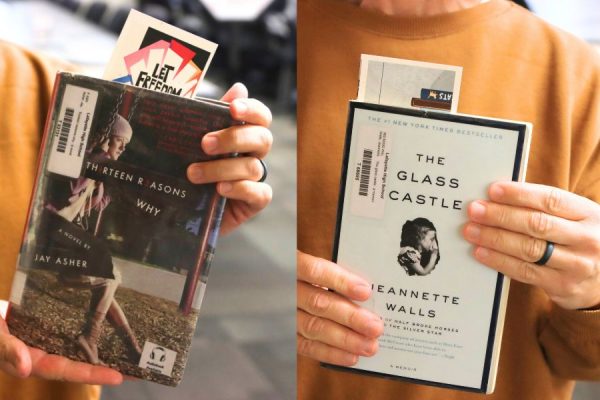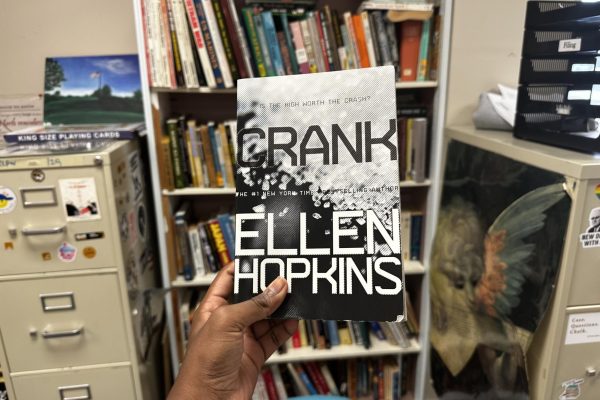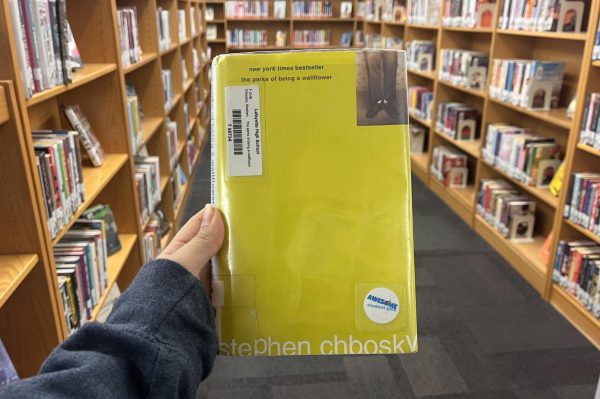Opinion: Rockwood was right to switch to virtual learning for upcoming school year
August 8, 2020
Due to the COVID-19 pandemic, many schools decided to switch to online learning across the United States during the second semester of the 2019-2020 school year. As of March 17, 2020, 489 school districts in the nation closed in response to the COVID-19 pandemic.
Now, some of those same districts are beginning to reopen. On July 20, the Rockwood School District (RSD) announced its initial reopening plan, which allowed parents to pick between two options: a hybrid option, where students would attend in-person classes two days a week and online classes the other three days, or go all-virtual. However, on Aug. 6, the RSD Board of Education voted to have RSD start the first quarter of the 2020-2021 school year virtually.
Had RSD not made the start of the school year virtual, they would have been setting themselves up for an inevitable catastrophe. There are numerous reasons why the original re-opening model proposed by RSD would not have worked and why the virtual start to the school year is the right way to go.
For one, there is no way to know where every Lafayette student has been in the past 14 days. They could have been in Arizona, Texas, Florida or California, which have had some of the highest numbers of COVID-19 cases in the United States. Out of those four, California, Texas and Florida have the three highest numbers of COVID-19 cases in the country. According to the New York Times, California has 548,051 cases of COVID-19, the highest in the country.
Students who have recently visited these hot-spot states could potentially bring COVID-19 back with them undetected until they take a COVID-19 test, which they would likely only take if they think they may be experiencing symptoms of COVID-19. If a test does return positive, then comes contact tracing, which is trying to figure out who the infected person came into close contact with.
Also, while young children have a smaller chance of actually passing on the virus, high-school-age students have the same probability as a normal adult to pass the virus on to somebody else.
Let’s imagine a scenario. A student at Lafayette has COVID-19 but doesn’t know that yet. From the time the student wakes up to the time they leave for school, they already could have infected their family members. Once at school, they attend three classes with three groups of students. That student has the potential to pass the virus on to anyone in those three classes if someone does not wear a mask correctly or maintain appropriate distancing. While those precautions minimize the danger, they do not erase it completely.
This does not even take into account who that student might come in contact with during a passing period. Then those people who were in a class with the infected person have the chance to pass it to other people in their other classes and to their family members. The infected student could also pass the virus to their three teachers, who could then pass it to the other two classes they teach and their own family members. The infected student could also be walking around infected for some time since the turnover rate for COVID-19 tests in some states is seven days or more. It’s all one interconnected web that makes contact tracing incredibly difficult.
Additionally, if a student tests positive at Crestview Middle School, they may have a sibling at Wildhorse Elementary and another at Lafayette, which could make contact tracing even more difficult. In order to accurately contact trace, the school would have to figure out if those two family members were exposed to the virus and/or if they contracted the virus and then figure out who all they came into contact with.
RSD is St. Louis County’s largest school district and the second-largest school district in the State of Missouri. Just the size of the district presents the potential for an outbreak to occur.
St. Louis County Executive Sam Page recommended that all schools in St. Louis County start the school year with virtual learning. The Parkway School District, which originally had the same back-to-school-plan as Rockwood, moved to full virtual learning for the next nine weeks. Along with Parkway, Affton, Kirkwood, St. Louis Public Schools, Ritenour, Mehlville, Brentwood, Clayton, Ferguson-Florissant, Hazelwood, Pattonville, University City and Special School District have all decided to start the school year online. The Lindbergh School District has decided to start online for all students in grades 4-12.
Going fully virtual for the start of the 2020-2021 school year was the best decision for the Rockwood School District. However, Rockwood was the last school district in St. Louis County to make the decision to go virtual, even though about 1,800 high school students chose an all-virtual learning experience. While going virtual was the best decision, they should have made the decision much earlier and not be one of the last holdouts. Making the decision earlier could have prevented much confusion and frustration among families in the Rockwood School District surrounding the return to school in the fall.

